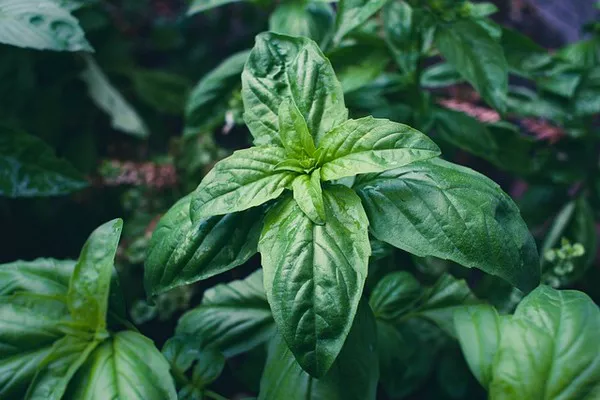Scientists at The University of Queensland are employing a method similar to the preservation of human embryos to safeguard native Australian plants facing the threat of myrtle rust, an invasive fungus. Collaborative efforts between teams from UQ’s Queensland Alliance for Agriculture and Food Innovation and the Botanic Gardens of Sydney have led to the cryogenic preservation of tissue from some of the most impacted plants within the Myrtaceae family, which includes native guava and various rainforest shrubs and trees.
The devastating spread of myrtle rust has placed immense pressure on hundreds of Myrtaceae species, with some now teetering on the brink of extinction. Dr. Alice Hayward emphasized the critical nature of the situation, stating, “Myrtle rust affects the ability of the worst impacted species to reproduce, and some of these species are no longer producing seed in the wild.”
Compounding this issue, seeds from affected rainforest species often cannot be stored in conventional seed banks due to their inability to withstand standard drying or freezing processes. To address this challenge and prevent the potential extinction of these species due to the fungus, scientists are turning to a process known as cryopreservation.
Dr. Hayward explained, “To prevent them from being wiped out by the fungus, we are hoping to bring those species into the lab and place them into a frozen but living state using a process called cryopreservation. This enables them to be safely secured while other researchers work out how to deal with myrtle rust in the environment.”
The cryopreservation process involves taking a small plant shoot, treating it with specialized protectants, and immersing it in liquid nitrogen, where it can be stored indefinitely. These preserved shoot tips can later be revived and used in tissue culture to propagate plants for potential reintroduction into the wild.
Despite the intricacy of the process, UQ’s Dr. Chris O’Brien, who previously developed a cryopreservation protocol for avocados, highlighted the dedication required: “To develop a cryopreservation protocol for each species, you must optimize every step of the process to ensure the survival of the shoot tip, which is a lot of work.”
Dr. Hayward underscored the significance of this conservation effort, emphasizing the need for tailored approaches for each plant species. She added, “We are doing something important that can contribute to protecting the unique Australian biodiversity and environment that we call home.”
The collaboration between researchers and botanical institutions aims to create cryopreservation protocols for six at-risk species, ultimately safeguarding these plants in the Australian PlantBank’s cryopreservation tank. This innovative approach offers hope for preserving Australia’s diverse flora and combating the threats posed by myrtle rust.


